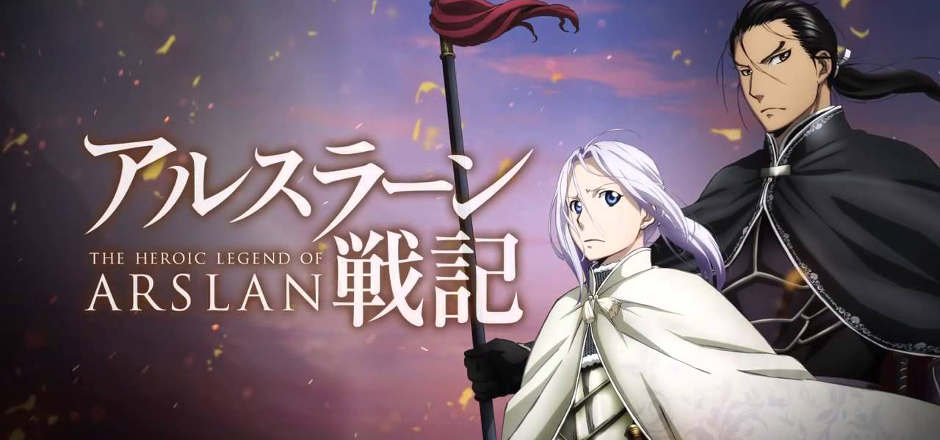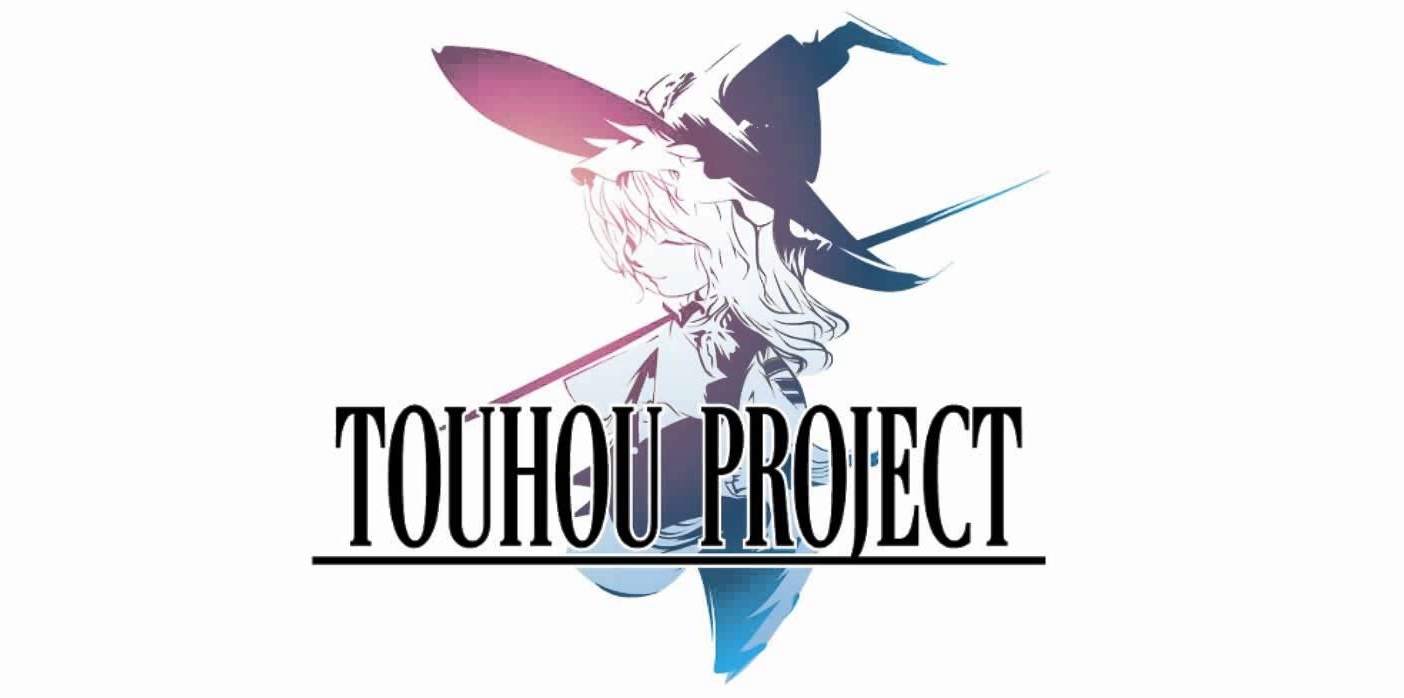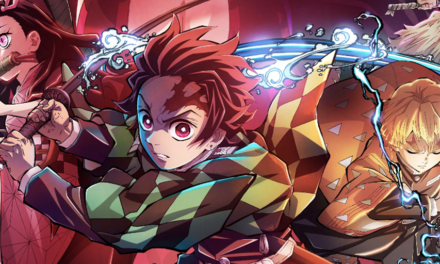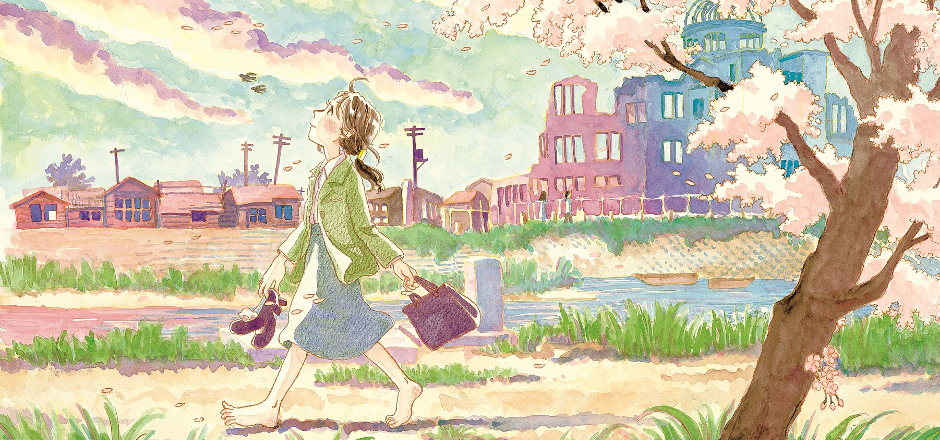Author’s note: This article contains spoilers for the OVA series The Heroic Legend of Arslan as well as for the new anime television series of the same name.
The Golden Age of anime is a topic that is often highly debated among anime fans, both on the Internet and offline. You can find many YouTube videos dedicated to arguing how to define this undefinable era, as well as lengthy discussions on anime forums and reddit. At anime conventions, there are almost always a couple panels about the so-called “Golden Age of Anime.”
There are also many academics and historians of anime who talk about the Golden Age in their books and articles. According to the website GoJapanGo, for instance, the Golden Age of anime in Japan began with the release of Space Battleship Yamato (宇宙戦艦ヤマト) in 1974 and ended with the death of Astro Boy’s creator Osamu Tezuka in 1989, and that the “shift from superhero Giant Robots to elaborate Space Operas” is what defined the Golden Age of anime.
In an article in The New York Times published back in 2002, film critic Dave Kehr seemed to define “Japanese Cinema’s Second Golden Age” as anime produced between 1980 and 2000 and exported to a wider international audience.
Personally speaking, my Golden Age of anime would be from 1997 to 2007, marked at the beginning with my first anime—the English-dub of Sailor Moon and Sailor Moon R on the USA Network—and ending with the last season of the initial run of Toonami on Adult Swim.
But if I were to take the textbook definition of the Golden Age of anime as falling somewhere between 1970 and 1989, or perhaps even as late as 1999, I would say that the Golden Age of anime was defined by Studio Ghibli, the work of Mamoru Oshii, and Katsuhiro Otomo’s Akira.
In the U.S., the Golden Age started in the 1990s, when anime began airing on local television stations and probably ended around 2006 or 2007 as anime shifted from being consumed on television and Adult Swim to the Internet and Crunchyroll.
I think that anime creators and viewers feel very nostalgic for bygone eras of anime lately. There have been a variety of reboots or remakes coming out in the last couple of years, especially remakes of anime from the ‘90s, including Rebuild of Evangelion (ヱヴァンゲリヲン新劇場版), JoJo’s Bizarre Adventure (ジョジョの奇妙な冒険), Gatchaman Crowds (ガッチャマンクラウズ), Ghost in the Shell: Arise (攻殻機動隊ARISE -GHOST IN THE SHELL-), Sailor Moon Crystal (美少女戦士セーラームーン), and Digimon Adventure tri. (デジモンアドベンチャーtri.), to name only a few.
One anime reboot I’ve been enjoying lately is The Heroic Legend of Arslan (アルスラーン戦記), which is currently being released by Funimation. The original anime was released between 1991 and 1995 as a six part OVA, with two sixty minute episodes and four thirty minute episodes, while the new version is currently set to be twenty-five episodes.
The story comes from fourteen novels written by Yoshiki Tanaka and published by Kadokawa Shoten and Kobunsha between 1986 and 2014. It is based on the late-nineteenth century Persian epic Amīr Arsalān Namdar by Mīrzā Moḥammad ʿAlī Naqīb-al-mamālek. It takes place in the fourth century in a fantasy version of the Middle East and tells the tale of Prince Arslan, the crowned prince of Pars (a province in modern-day Iran), and his journey to find allies after the destruction of his father’s army at the hands of the Lusitania kingdom.
In the OVA version, Arslan and his allies—including Arslan’s friend and protector Daryun, the expert tactician Narsus and his servant Elam, a traveling minstrel Gieve, and the warrior-priestess Farangis—travel away from Pars to places like Peshawar in modern-day Pakistan, looking for allies in their fight to reclaim the throne. Silvermask, who is later revealed to be Hilmes—the son of the former king of Pars—is Arslan’s main enemy in the story and the leader of the Lusitanian army who destroyed the Pars army and captured Andragoras III, Arslan’s father and King of Pars.
Silvermask’s main objective is to take the throne of Pars, which he claims is rightfully his, and so he goes looking for the legendary sword of Reknabard that he believes will help him make his claim more legitimate. The OVA concludes fairly up in the air with Arslan and Silvermask’s armies facing off in order to stop Silvermask from waking the evil snake king that is sealed by the sword.
The new anime television series seems to be following the same story, although it does so in a more coherent way. The original OVAs did not have much time for character development, and oftentimes, one episode would take place over many years. The new adaptation, however, has time for characters to grow and change, and it seems that the first twenty-five episodes will end somewhere in the middle of the OVA.
The first episode begins by introducing viewers to a young Arslan who is learning swordplay as well as some difficult lessons about the nature of the world outside of his protected palace life. In the first and most likely only jump in time, the second episode fast forwards a few years to a fourteen-year-old Arslan who is about to enter his first campaign, the fated battle between Pars and Lusitania. By the fourth episode, the battle is over, and Arslan and Daryun are beginning their long journey to find allies in their fight for survival and eventually for the crown.
Aside from the differences in how the OVA and the television series tell the story and how much time they have for character development, the main difference between the OVA and the new adaptation is the animation style. The animation style in the OVA is highly characteristic of ‘90s anime. The backgrounds are minimalistic and muted and focus the viewer’s attention on the characters and their emotional states. The characters are stylized like high fantasy artwork, with sharp lines, high cheekbones, long angular noses, big flowing hair, and elaborate costume designs. Also, the transitions between scenes—and even within scenes—are abrupt and disorienting. Most scenes involve characters talking to one another rather than any action or movement.
The opening scene of the first OVA, for example, starts by panning across a white-colored field to the title character, Prince Arslan, who is riding atop a white horse and wearing a golden horned helm. His white cape is flying in the wind as he looks across the nondescript space and utters some words that make him seem heroic and debonair. We are then shown Andragoras III conversing with a group of warriors about the impending battle.
The battle is then shown, but the scene seems to lack movement and cohesion, and you can tell that rather than animate a complicated battle, the animators opted to keep it simple. When characters, like Arslan and his protector Daryun for instance, fight against their enemies, they are shown almost in slow motion, with their swords drawn and a red line flashing across the screen to indicate that some kind of fighting is occurring. At one point in the OVAs, when Arslan and Daryun are trying to escape from the unsuccessful campaign, their enemies are briefly shown as just torches floating in the darkness in pursuit.
On the other hand, the animation style in the new television series is highly characteristic of anime today. The backgrounds are realistic and complex and help the viewer to get a good feeling for the setting. The characters are almost brighter and more expressive than their OVA counterparts, with softer face shapes, smaller noses, modern-styled hair, and less elaborate costume designs. And the transitions between scenes are much easier to understand.
The battle in the first couple of episodes, for example, flows much better than that same battle in the OVAs. The scenes follow one after another rather than cutting right to the end, and we are shown exactly what Silvermask and the traitor Kharlan, one of the King’s generals, do in order to win against Andragoras III’s army.
The new television series has a lot to offer, with more complex characters, easier to understand scenes, and beautiful animation. I will admit, however, that I am a little disappointed with the new version’s depiction of Farangis, the warrior-priestess and one of the few female characters throughout the OVA and so far throughout the new reboot. In the original OVA, Farangis is depicted as an independent, willful woman wearing a full set of armor that covers her body in a fairly believable way. She wears pauldrons, a cuirass, full-length trousers, and high boots.
In the new reboot, Farangis continues to be a strong character; however, her clothing is much more revealing. When we officially meet Farangis in episode eight, the camera pans along Farangis’ body, starting with her buttocks and ending with her face, as text introduces her and her title “Priestess, Temple of Mithra.” In the same opening scene, we are also introduced to the traveling minstrel Gieve; however, when the camera finally focuses on him and his title, “Traveling Musician,” the camera simply shows his face and upper body.
If you are in the mood for an old Golden Age anime or a historical fantasy setting, The Heroic Legend of Arslan reboot may be something you’d enjoy. I watched the original OVAs before starting the new anime, because I was curious about the original show. But I don’t think that you have to do this in order to enjoy the new series.
The original OVA series The Heroic Legend of Arslan is available in a two-disc DVD box set from Central Park Media and can be found on Amazon or eBay. The reboot series is currently airing and is available on Funimation and Hulu, and the manga has been licensed by Kodansha Comics USA and is available digitally through Crunchyroll.
—
Rine Karr is an Anime Writer at Girls in Capes. She’s a writer and aspiring novelist by moonlight and a copyeditor by daylight. Rine loves good food, travel, and lots of fiction, especially novels, anime, manga, video games, and films. She’s also the Chief Copyeditor and an occasional contributor at Women Write About Comics.
Rine’s written previously on historical-inspired fantasy anime Yona of the Dawn.







